Extinction is a natural process, but human activity has accelerated it. Animals have disappeared due to habitat destruction, climate change, and hunting. Here, we examine 11 extinct animals that once roamed the Earth, including the woolly mammoth, cave bear, and Steller’s sea cow, to understand the reasons for their extinction and the impact of human activity on the environment.
What are Extinct Animals
Extinct animals are species that no longer exist on Earth, having disappeared completely from the planet due to various reasons such as natural disasters, climate change, hunting, and habitat destruction. Scientists study extinct animals through fossils, written records, and other scientific evidence.
Causes of Extinction
There are several reasons why animals go extinct.
- Habitat destruction caused by human activities such as deforestation and pollution is a significant factor
- Hunting, for either sport or food, has also played a significant role in the extinction of many animals
- Climate change has resulted in extreme weather conditions and an increase in temperatures, making it difficult for many animals to survive
- Invasive species compete with native species for resources, leading to a decline in their populations.
Extinct Animals
Here are some extinct animals that once roamed the earth. From the massive ground sloth to the ferocious sabre-toothed tiger, these creatures were once a part of the diverse tapestry of life on our planet. Their remains continue to fascinate and educate us about the world’s history, despite their disappearance. The extinction of these animals serves as a reminder of the delicate balance of our environment and the importance of conservation efforts to protect the species that still exist today.
Woolly rhinoceros
The woolly rhinoceros was a large, shaggy-haired rhinoceros that lived during the last ice age.
It was similar in appearance to modern-day rhinoceroses, but had long, thick fur to help it survive in the cold climates of its time. The woolly rhinoceros had two large horns on its head, the front horn being larger than the back horn.
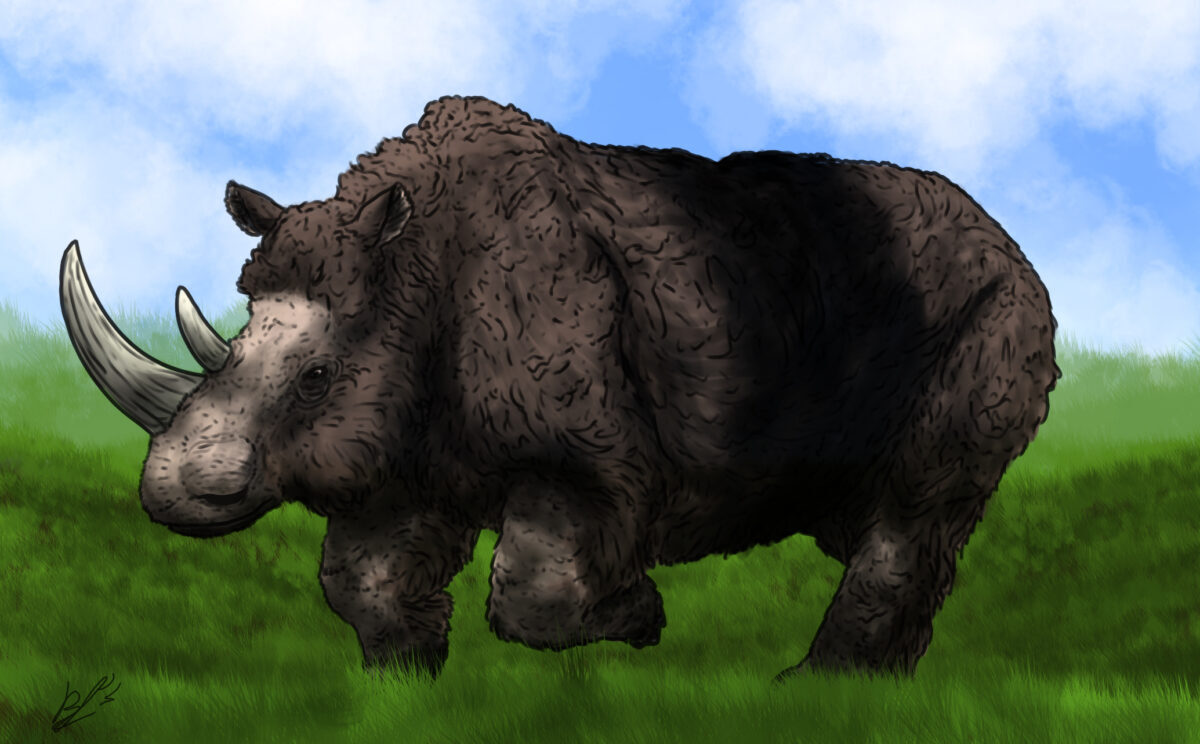
It went extinct around 10,000 years ago, possibly due to hunting by humans or climate change. Fossils and remains of the woolly rhinoceros have been found in various parts of Europe and Asia, providing valuable information about this fascinating extinct species.
Cave bear
The cave bear was a large bear that lived in Europe and Asia during the last ice age, approximately 1.2 million to 24,000 years ago.
It was a large, carnivorous bear that was well-adapted to life in cold, harsh environments. The cave bear was approximately 7 feet long and weighed up to 1,500 pounds. It had a broad, flattened head and a powerful build, which allowed it to hunt large prey and defend itself against predators.
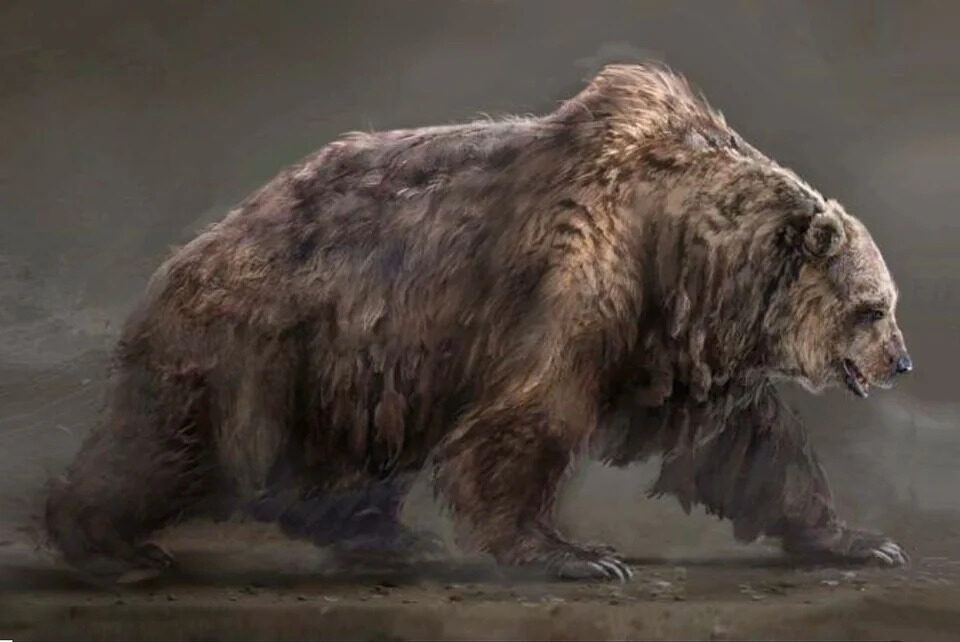
The cave bear went extinct around 24,000 years ago, likely due to a combination of climate change and hunting by humans. Fossils and remains of the cave bear have been found throughout Europe, providing insight into its fascinating life and eventual demise.
Smilodon
Smilodon, also known as the sabre-toothed cat, was a large carnivorous cat that lived during the last ice age., approximately 2.5 million to 10,000 years ago.
It was well-known for its long, curved canine teeth that could grow up to 7 inches long. The Smilodon was a powerful hunter, using its strong jaws and sharp teeth to take down large prey such as bison, horses, and even mammoths. It was approximately 4 feet tall at the shoulder and weighed up to 800 pounds.
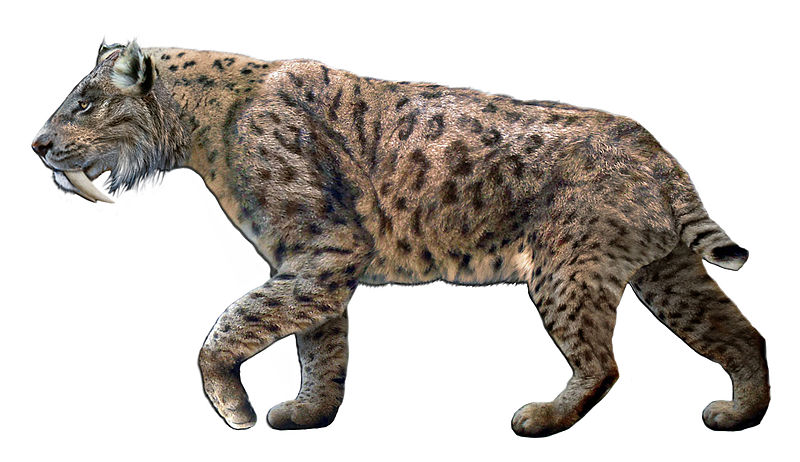
The Smilodon went extinct around 10,000 years ago, likely due to a combination of climate change , hunting by humans and the decline of its prey.. Scientists have discovered Smilodon fossils all over North and South America, offering insights into this fascinating predator.
Megalodon
Megalodon was a giant prehistoric shark that lived approximately 2.6 million years ago. It went extinct around 2.6 million years ago, possibly due to changes in ocean temperature or the decline of its prey.
Megalodon was a prehistoric shark that lived approximately 23 million to 2.6 million years ago, during the Miocene and Pliocene epochs. It was one of the largest predators to ever exist, with an estimated length of up to 60 feet and a weight of up to 60 tons. Megalodon was a formidable hunter, feeding on a variety of marine animals such as whales and dolphins. Despite its size and power, its powerful jaws were lined with hundreds of sharp, triangular teeth that could grow up to 7 inches in length.

The Megalodon, a prehistoric shark, went extinct 2.6 million years ago. Scientists debate Megalodon’s extinction, possibly caused by changes in ocean temperature or prey availability.. Scientists have found Megalodon fossils worldwide, revealing insights about this
Glyptodon
Glyptodon was a prehistoric mammal that lived during the Pleistocene epoch, approximately 2.5 million to 10,000 years ago. It was a large, heavily armored animal that was closely related to modern-day armadillos.
Glyptodon was approximately 10 feet long and weighed up to 2,000 pounds. Its body was covered in bony plates, which provided protection against predators such as sabre-toothed cats and dire wolves. Despite its size and armor, Glyptodon likely fed on vegetation, using its strong jaws and teeth to grind up tough plant material.
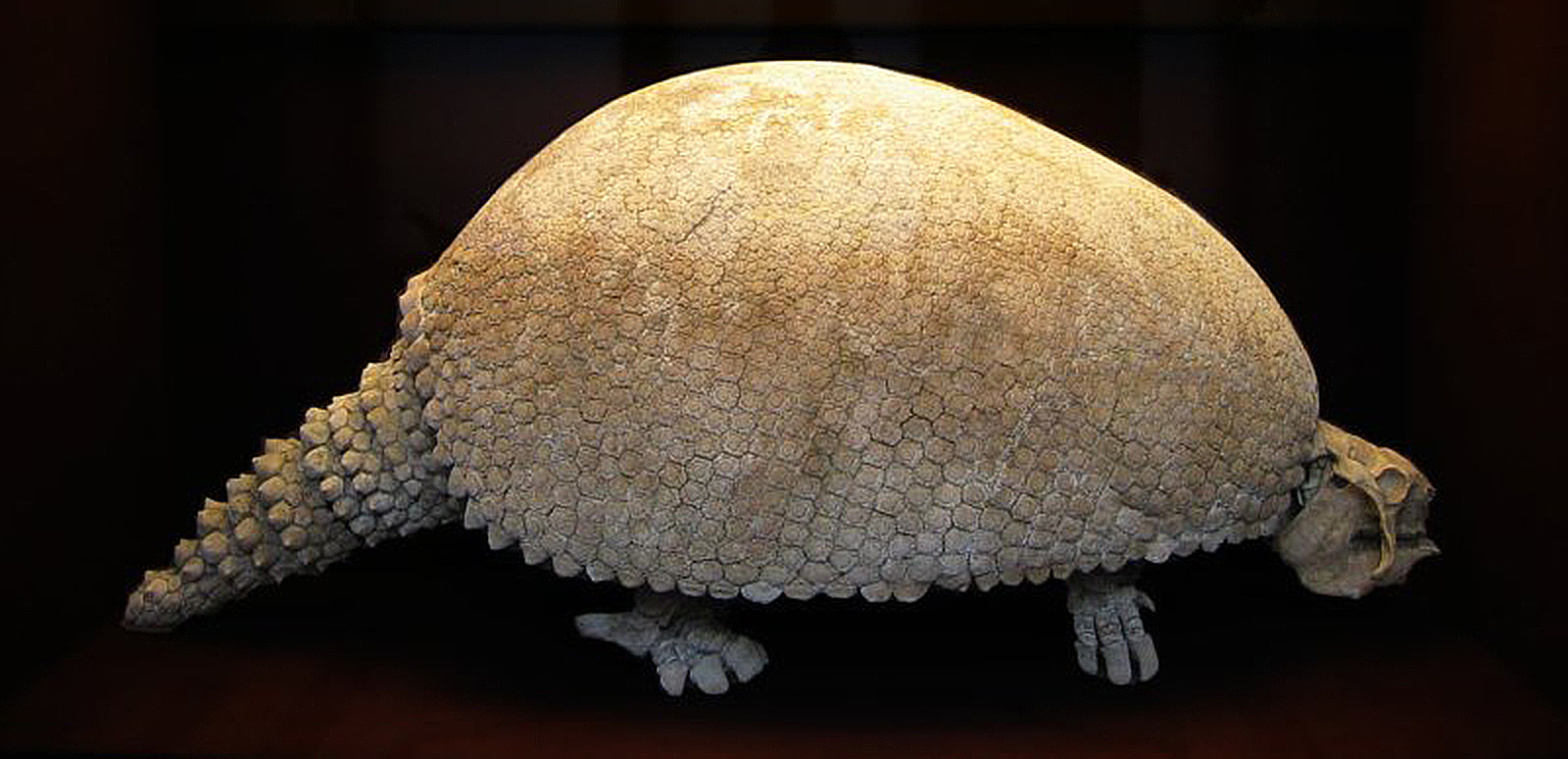
Glyptodon went extinct around 10,000 years ago, likely due to a combination of climate change and hunting by humans. Scientists have found fossils and remains of Glyptodon across South America, which have given them valuable information about this distinctive and captivating animal.
Thylacosmilus
Thylacosmilus, also known as the sabre-toothed marsupial, was a prehistoric mammal that lived during the Miocene and Pliocene epochs, approximately 16 million to 2.5 million years ago.
It had long, curved canine teeth resembling those of Smilodon and weighed up to 400 pounds. It was a carnivorous marsupial standing at around 4 feet tall.. Despite its impressive hunting abilities, Thylacosmilus likely hunted a variety of prey using its powerful jaws and sharp teeth to take down animals such as giant rodents and small horses..
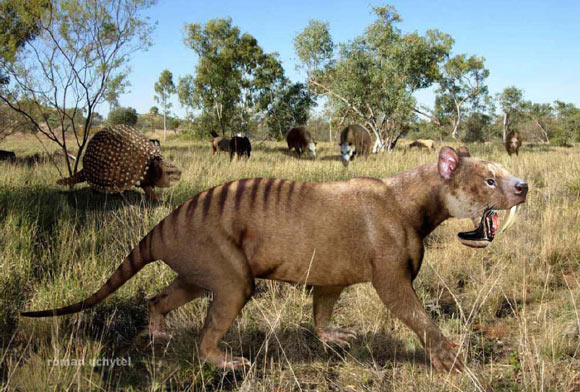
Thylacosmilus went extinct around 2.5 million years ago, likely due to a combination of climate change and competition with other predators. Scientists have found fossils and remains of Thylacosmilus throughout South America, which provide valuable information about this unique and fascinating species.
Irish elk
The Irish elk, also known as the giant deer, was a prehistoric mammal that lived during the Pleistocene epoch, approximately 2.5 million to 10,000 years ago. Despite its name, the Irish elk was not closely related to modern-day elk or deer. It was a large animal, standing up to 7 feet tall at the shoulder and weighing up to 1,500 pounds. The Irish elk went extinct due to climate change and human hunting, despite its impressive 12-foot antlers with 22 points.
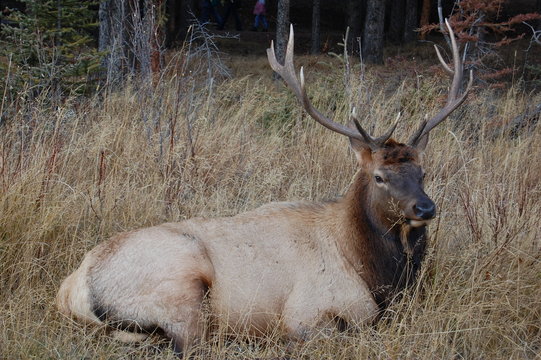
Irish elk extinct 10,000 years ago, possibly due to climate change and human hunting.. Its fossils found in Europe and Asia provide valuable information about this impressive and fascinating animal.
Steller’s sea cow
Steller’s sea cow lived in the North Pacific, along the coasts of Alaska and Russia, as a large marine mammal.. The German naturalist Georg Steller named the species after himself when he first described it in 1741.
Steller’s sea cow was a massive animal, measuring up to 30 feet in length and weighing up to 11 tons. It had a thick layer of blubber and a layer of coarse hair, which provided insulation in the cold waters where it lived. Despite its size, Steller’s sea cow was relatively slow-moving and easy to hunt. Within 27 years of its discovery.
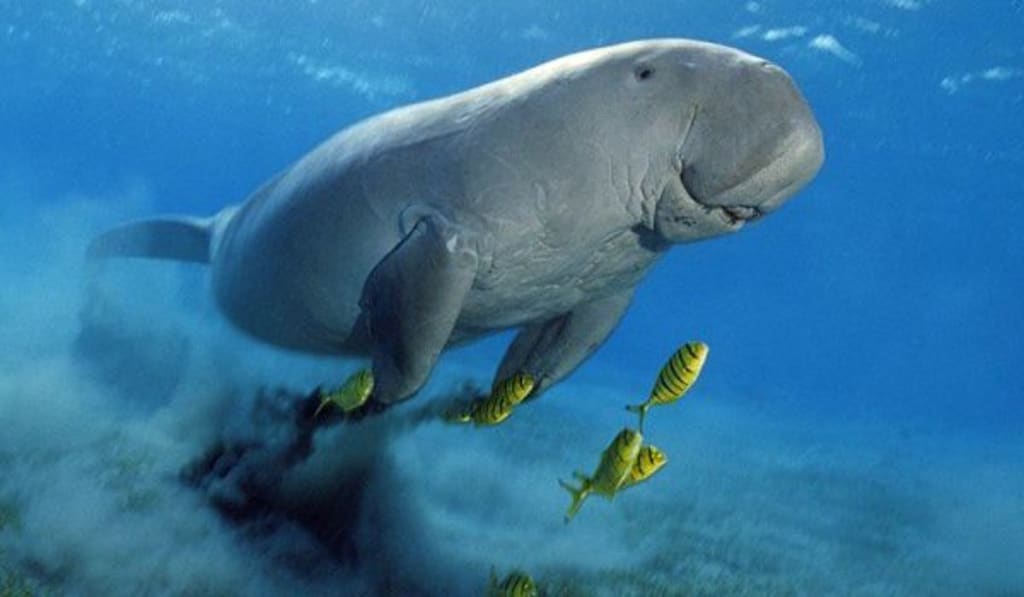
It went extinct in the 18th century due to hunting by humans.. Only Steller’s sea cow fossils and remains remain, giving insight into this once-sea roaming unique and fascinating animal.
Thylacine
The Thylacine, also known as the Tasmanian tiger, was a carnivorous marsupial that lived in Australia, Tasmania, and New Guinea. The Thylacine had tiger-like stripes and was the largest carnivorous marsupial in modern times.
Despite legal protection, farmers and hunters hunted and trapped the Thylacine relentlessly, resulting in its extinction. The last known Thylacine died in captivity in 1936, making it one of the most well-known examples of human-caused extinction.
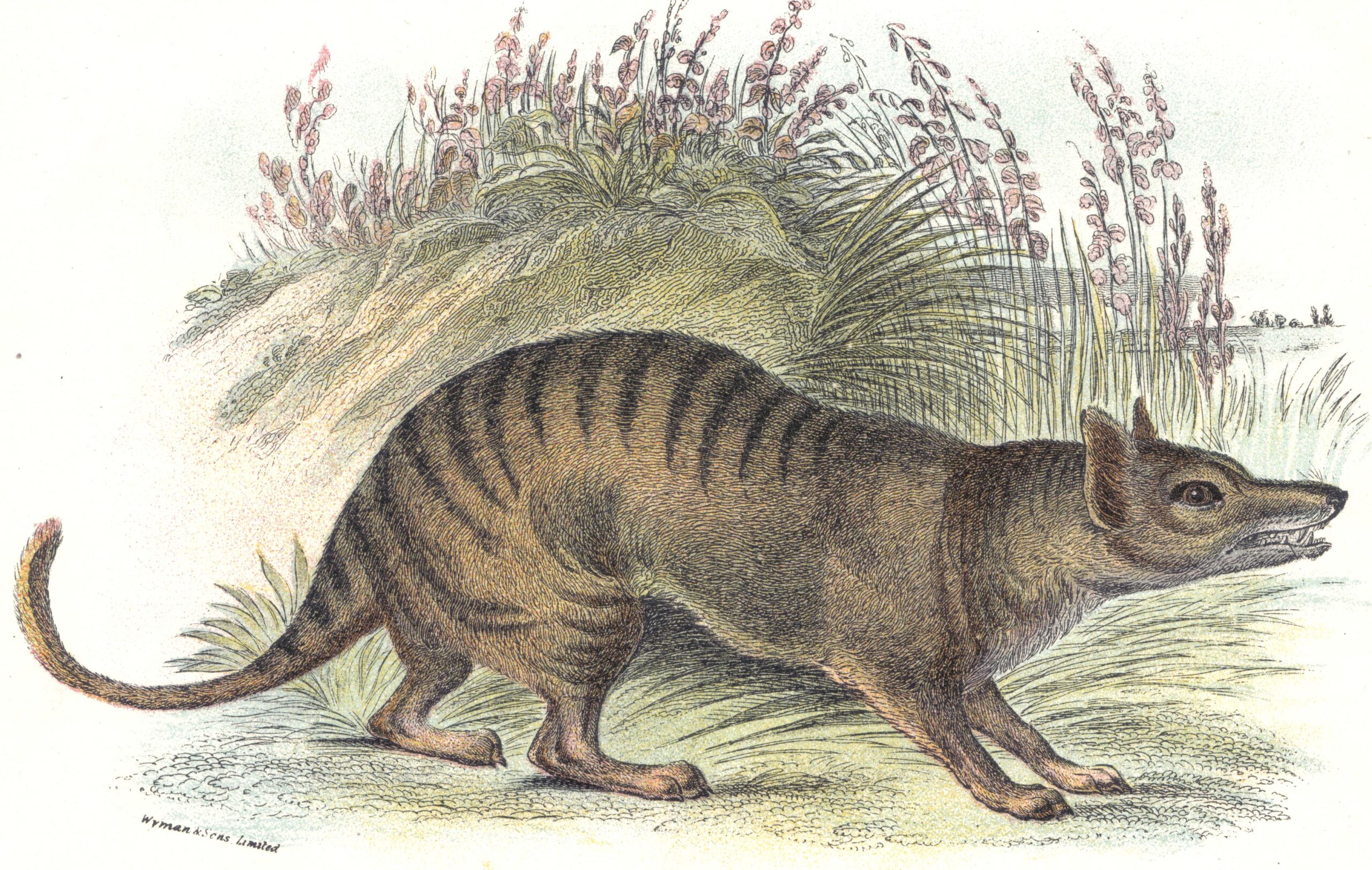
Humans hunted the Thylacine to extinction in the early 20th century, along with disease and habitat destruction. Last Thylacine died in 1936, leaving only specimens and film footage as a record of this fascinating animal.
Woolly mammoth
The woolly mammoth had 16-foot-long curved tusks and a thick coat of fur, adapted for the last ice age. Woolly mammoth roamed the northern hemisphere, primarily feeding on grasses and tough vegetation across Europe, North America, and Asia.
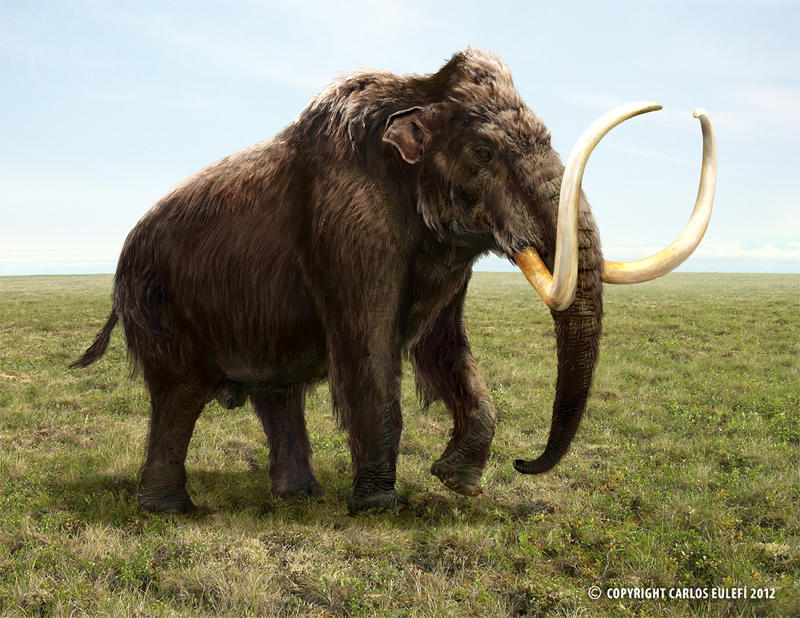
Woolly mammoth
The Woolly mammoth extinct 4,000 years ago due to climate change and human hunting. Fossils of woolly mammoths found worldwide provide valuable insights into this fascinating prehistoric species.
Scientists are currently exploring the possibility of using DNA from woolly mammoths to attempt to reproduce the species.
Quagga
The quagga was a subspecies of the plains zebra that lived in South Africa. Quagga had stripes only on its head, neck, and front half of its body, while the rest of its coat was brown or white.
People hunted the quagga to extinction in the late 19th century due to overhunting and habitat loss. The last known quagga died in a zoo in Amsterdam in 1883, and today, only preserved specimens and photographs remain.

Quagga revival attempts using plains zebras have led to “Rau quaggas,” similar but not authentic to the extinct species. This raises ethical questions on resurrecting extinct animals.
The extinction of animals is a reminder of our responsibility to the environment. It is a call to action for everyone to take a proactive role in preserving the planet for future generations. Support conservation and take small steps for a better world for animals and the environment.